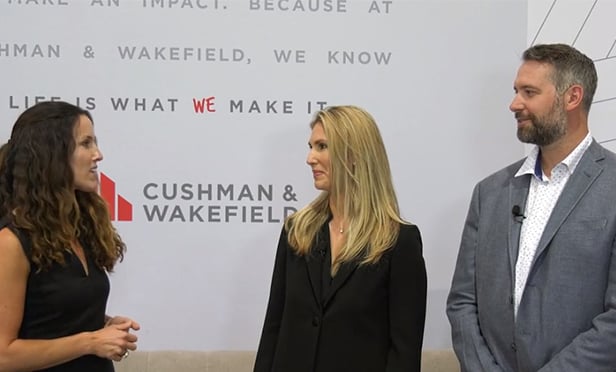ORANGE COUNTY, CA—In evaluating key economic and CRE indicators over the last few quarters, it's pretty difficult to conclude there has been any clear-cut effect on the industry through President Trump's first months in office, Cushman & Wakefield's director of research for the San Diego region Jolanta Campion and market director of research for Greater Los Angeles Eric Kenas tell GlobeSt.com. We spoke with them to get their take on how the early months of Trump's administration have impacted the two Southern California markets.
GlobeSt.com: How have Trump's first few months in office affected the Orange County and San Diego commercial real estate markets?
Cushman & Wakefield: In evaluating key economic and commercial real estate indicators over the last few quarters (Q4 2016 and Q1 2017), it is pretty difficult to conclude there has been any clear-cut effect on commercial real estate through Trump's first few months in office. The market experienced sustained momentum well prior to his inauguration. For the most part, demand for San Diego and Orange County commercial real estate has held strong and steady with healthy improvement and conditions across all property types observed both pre- and post-election.
Recommended For You
Want to continue reading?
Become a Free ALM Digital Reader.
Once you are an ALM Digital Member, you’ll receive:
- Breaking commercial real estate news and analysis, on-site and via our newsletters and custom alerts
- Educational webcasts, white papers, and ebooks from industry thought leaders
- Critical coverage of the property casualty insurance and financial advisory markets on our other ALM sites, PropertyCasualty360 and ThinkAdvisor
Already have an account? Sign In Now
*May exclude premium content© 2025 ALM Global, LLC, All Rights Reserved. Request academic re-use from www.copyright.com. All other uses, submit a request to [email protected]. For more information visit Asset & Logo Licensing.









